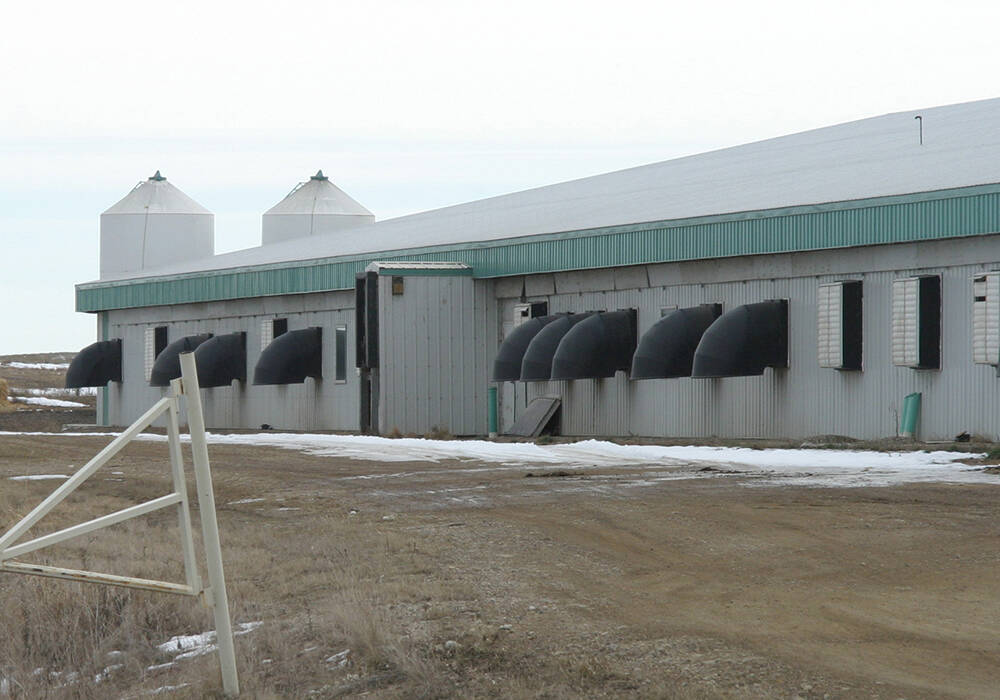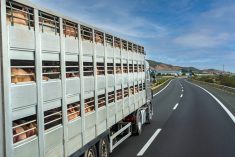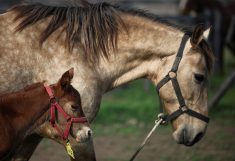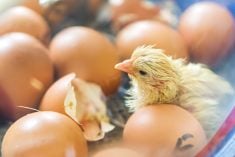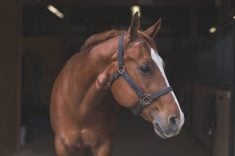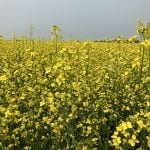Pigs need the right conditions to grow, ranging from shelter and quality of food to air and climate. For pigs in commercial barns, this includes a balance of ventilated air speed, gasses, humidity, and temperature, producers heard during this year’s Saskatchewan Pork Symposium Nov. 4.
“Oftentimes, when I ask people how their ventilation is in their barn they tell me pigs aren’t chilled, they’re not heat stressed in the summer. And that’s not ventilation. That’s temperature,” said speaker Nathaniel Stas, technical services director at the Pig Improvement Company (PIC). “And temperature and ventilation, even though they’re heavily correlated, they can battle against each other.”
WHY IT MATTERS: Lack of balance between temperature and ventilation can hit at pig growth efficiency, sow lactation and feed intake.
Read Also
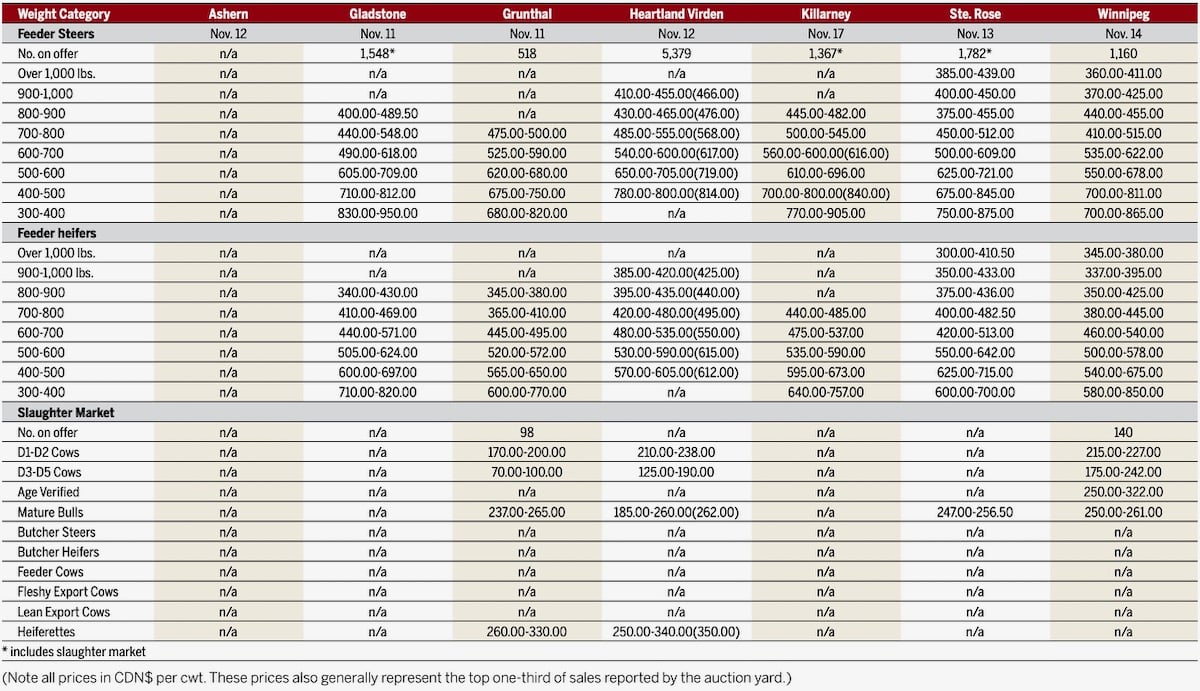
Manitoba cattle prices, Nov. 17
If the temperature is too hot, there are more gasses output from pigs as they grow, such as ammonia, CO2, and hydrogen sulfide.
Stas also urged producers to remember the pigs’ natural body heat and how that will increase in warmer barns.
He equated growing pigs to teenagers who leave the house without a jacket when the temperature is below freezing. Both are at key points of growth, and growing increases warmth. As such, he suggested barns should be set to 10-14 Celsius instead of 20 C, which will make the pigs much happier in their active growth stage working to convert feed into muscle or, in the case of sows, into piglets.
READ MORE: Pigs have their say when setting the temperature
“Per pound or per kilogram of animal, a young pig is more efficient … it converts heat faster than a heavy weight animal, and therefore it produces more heat per kilogram of animal,” Stas explained.
Meanwhile, he noted, “Ventilation in a farrowing room or a nursery is even more critical, even more fine tuned, because that pig is producing that much more heat, more gasses because of that per kilogram or per pound of animal (heat generation principle).”
Ventilation
Ventilation comes as a need to control humidity and the gasses given off by the animals that rob oxygen and make it hard for the pigs to breath. If the farmer is having difficulty stomaching the air in the barn, then the pigs probably need a change too.
Fans, soffit vents, and gable openings all constitute ventilation, but fresh air intakes are also required. The fresh air mixes with the air of the barn and all must be exhausted out at the proper speed and with an adequate volume of air, calculated at cubic feet per minute.
Air is meant to move like water, Stas noted. If it’s moving too slowly around the fresh air inlet or there’s too many obstacles, other sections of the barn become dead zones with poor quality air. Air moving too quickly, and the areas become too cold, causing inefficiencies as both the heaters use more power and the pigs use more feed to stay warm instead of grow.
READ MORE: Building smart barns for smart farms
Air speed should be measured frequently. Air is a constant and easy to measure as the distance of the barn never changes, he told the crowd. Air moves two feet for every 100 feet per minute of airspeed that a fan is set to.
“So most farms are going to be 600 to 800 feet per minute,” Stas said. “That means that air is going to go 12 to 16 feet before it starts to tumble and roll.”
For it all to work effectively, adequate air pressure is required. A vacuum must be created by the fans and air intakes for proper flow. If not, whether coming in by holes and gaps or open doors, air becomes “sporadic” and will ricochet in any direction, making ventilation ineffective.
“A roll of duct tape and a can of spray foam can be a producer’s best friend,” Stas noted.
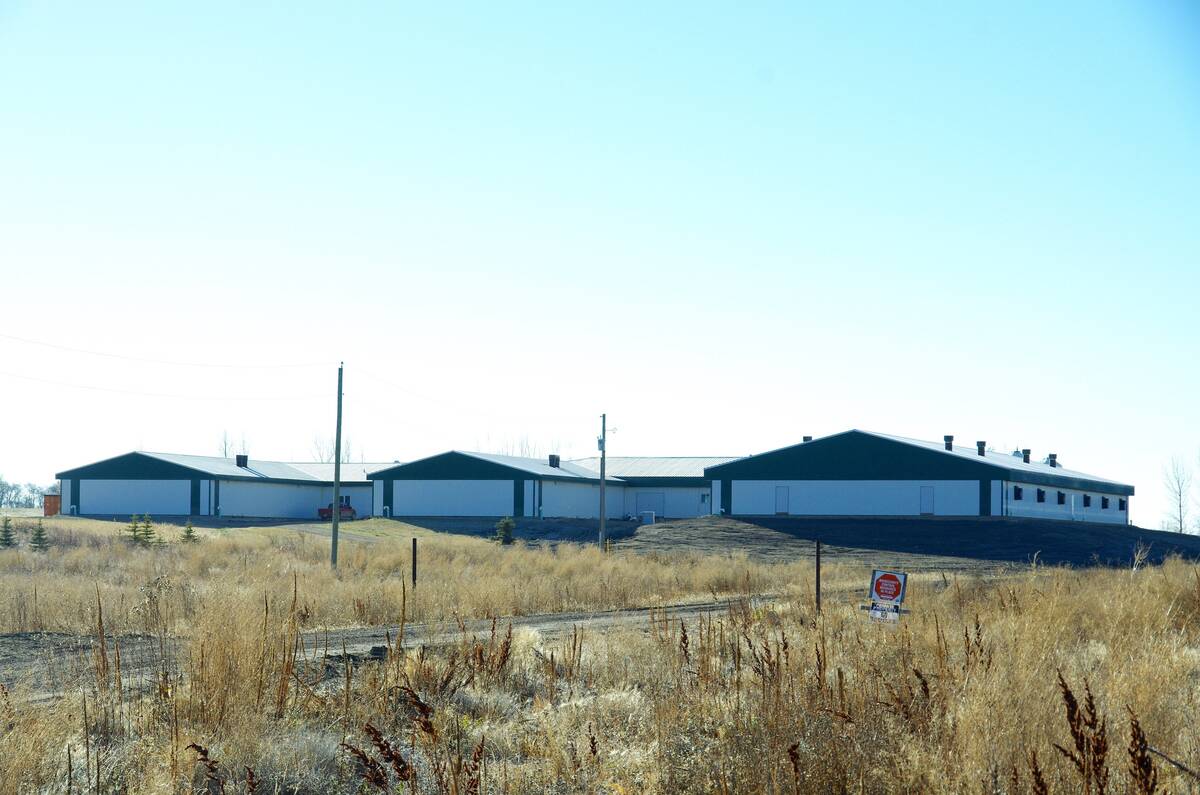
Test the pressure via static pressure monitors or by opening and closing the door. If the door slams shut, pressure is too high, but if it doesn’t have any pull or drag on it, pressure is too low.
The other key to an effective system is equipment maintenance. Stas warned that an eighth of an inch of dust on a fan can rob it of up to 40 per cent of its power. Dusting and testing belts and motors plus cleaning soffit vents can be a game changer on the ventilation system.
Humidity
Along with ventilation and air speed, Stas identified humidity levels as a top priority.
“Humidity is a great proxy to determine if air quality is good,” he said. “We can measure gasses. It’s more expensive to measure gasses but if our humidity is good in our barn — and by good, I mean 50 to 65 per cent in any swine facility — then we’re doing a pretty good job of ventilating that barn anytime it’s cold outside or cooler than we want it to be inside.”
Humidity should be measured each day, at the same time, just like temperature. Using a rolling average from every three days, adjustments to ventilation should be made. If humidity is higher than the recommended 65 per cent, for example, ventilation would need to be increased.

Cost of business
To producers, this may sound like extra work and an additional cost of fuel, but Stas said these should be considered typical costs of production. Without necessary adjustments the pigs growth aren’t growing as much, and therefore aren’t maximizing their potential as income drivers.
“What we’ve come up with for research and in the information we’ve collected, is for every 15 per cent added humidity, it’s about three per cent (effect) in average daily gain,” he said.
“And you can correlate that to the sows as well, because it’s a water-to-feed ratio impact. The humidity goes up, pigs don’t fill as well, they can’t breathe as good, and so their intake goes down.”


